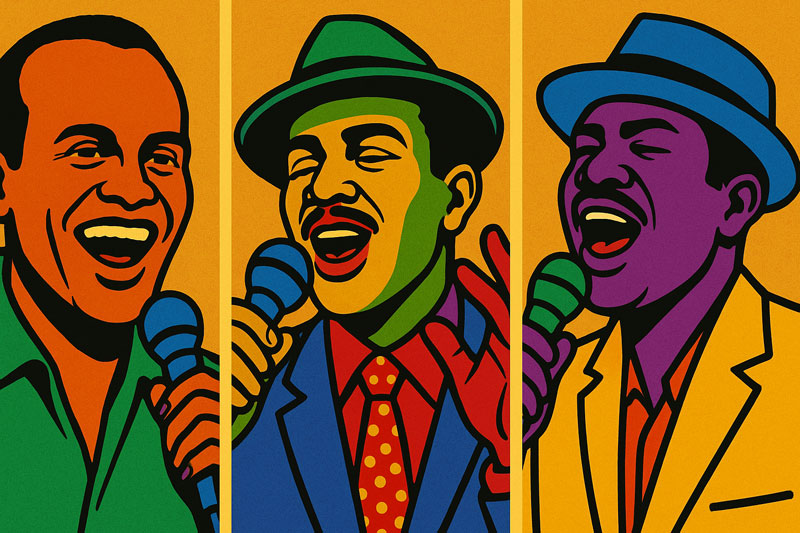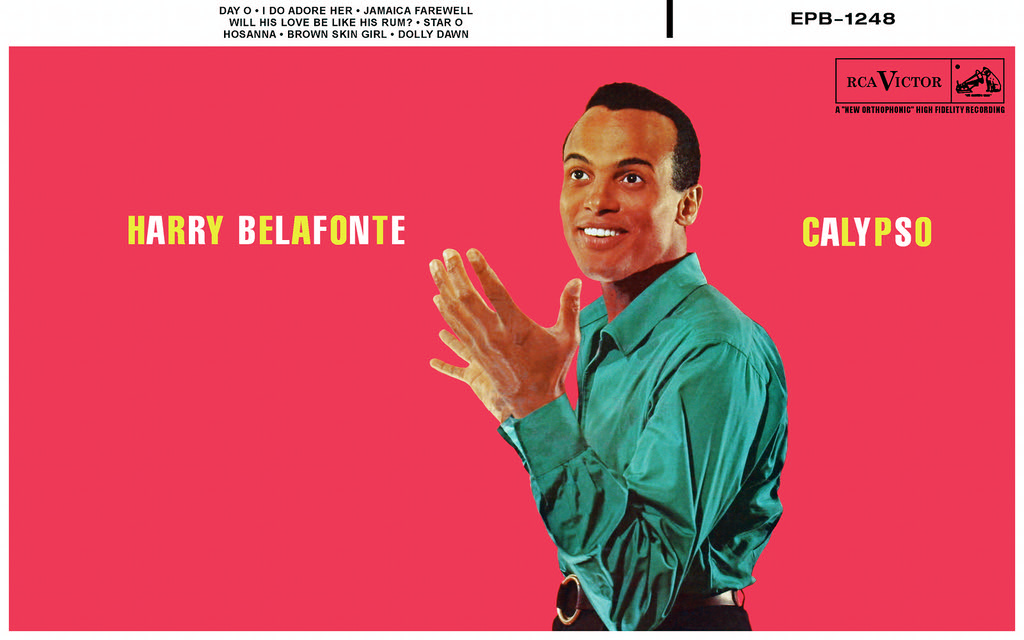
From enslaved voices to global stages
The ship docked on the shore of Caribbean Island of Trinidad (1). A sailor shouted through gritted teeth: “Get off, you filthy blacks! I’m talking to you, you lazy slaves!” In response to the white man, only the gnashing of chains could be heard. Towering black men stepped, one by one, onto the island’s soil. The overseer with a whip in hand, spit on the ground and bellowed, “You slaves have been brought here to work! And the first rule you’d better learn—slaves are not allowed to talk to each other!” A murmur rippled through the line of men, silenced instantly by the crack of a gunshot that struck the chest of the first man in the row. “I think you all get the message,” the overseer sneered.
From across the camp, a man in a crisp white suit shouted,
- “What’s all this chaos? Didn’t you ban talking? Why so much noise among the slaves?”
- “Sir, I swear they don’t say a word to each other. Even at night when they sit around the fire.”
- “Then what is this noise?”
- “Sir… they just sing. They tap on tin cans or old wooden boxes and they start to sing.”
The man in white paused, muttering to himself, “They sing… they just sing…”
Calypso's Enduring Legacy
From such forbidden songs emerged the genre known today as Calypso. Born among the enslaved Africans brought to the Caribbean—especially Trinidad—Calypso began as a coded language for resistance, storytelling, and survival. Since enslaved people were often forbidden to speak freely, music became a powerful substitute for dialogue. Known originally as “kaiso” (a West African word of encouragement), Calypso evolved into a distinct musical form by the late 18th century. With simple, repetitive harmonic structures and a strong rhythmic pulse, it was easy to learn and deeply communal. Over time, Calypso absorbed European and French Creole (2) influences, and after the abolition of slavery in the 19th century, it flourished as a medium for social commentary, humor, and protest—especially during Trinidad Carnival (3). In the 20th century, Calypso gained international fame through artists like Harry Belafonte (4), Lord Kitchener (5) and Mighty Sparrow (6). Though it later fused with pop elements, Calypso has retained its sharp wit and lyrical storytelling, still echoing the voices of those who sang not because they could speak—but because they had to be heard. One of the most globally recognized songs linked to Calypso is Harry Belafonte's 1956 hit Day-O (The Banana Boat Song), which brought the genre to mainstream audiences around the world. The song describes the longing of dockworkers for their night shift of loading bananas to end so they can go home as daylight arrives.

The Reign of Mighty Sparrow
Among the icons of Calypso, none shines quite like Mighty Sparrow, born Slinger Francisco in Grenada (7) and raised in Trinidad. Known as the "Calypso King of the World," Sparrow's charisma, humor, and biting political wit made him both beloved and controversial. He won Trinidad's Calypso Monarch title multiple times and became known for blending catchy melodies with fearless lyrics that challenged colonialism, social hypocrisy (8), and inequality. His sharp suits, commanding stage presence, and fearless storytelling helped transform Calypso into a vehicle not just for entertainment, but for cultural consciousness. One of his more poignant tracks, "No More Rocking and Rolling", captures a personal and emotional narrative. In it, the singer confronts betrayal and disappointment in love, set against the familiar, upbeat rhythms of Calypso. The lyrics, while simple, carry a sting: “You rock me once, you rock me twice, now you want to rock me again—but this time I rolling away.” Close your eyes and imagine the sway of a dimly lit Calypso tent, the laughter of a knowing crowd, and the slow shuffle of feet on warm earth as Sparrow's voice weaves its clever lament. In its melody and irony, the song embodies the essence of Calypso: deceptively light, yet rooted in deep emotional truth.
Footnotes
(1) Trinidad: A Caribbean island nation, and the primary birthplace and cultural center of Calypso music.
go back
(2) French Creole: A language developed in the Caribbean, largely by enslaved people, blending French with African languages, which significantly influenced early Calypso.
go back
(3) Trinidad Carnival: An annual pre-Lenten festival in Trinidad known for its elaborate costumes, vibrant parades, and as a major showcase for Calypso and other local music.
go back
(4) Harry Belafonte: An American singer, actor, and activist who brought Calypso music to international prominence with his popular recordings, including "Day-O (The Banana Boat Song)."
go back
(5) Lord Kitchener: A highly influential Trinidadian Calypso artist renowned for his prolific songwriting, clever lyrics, and consistent popularity over decades.
go back
(6) Mighty Sparrow: Considered the "Calypso King of the World," a Grenadian-born Trinidadian Calypso legend celebrated for his witty, often satirical lyrics and commanding stage presence.
go back
(7) Grenada: An independent island nation in the eastern Caribbean, part of the Windward Islands.
go back
(8)
Hypocrisy: The practice of claiming to have higher standards or more noble beliefs than is the case.
go back